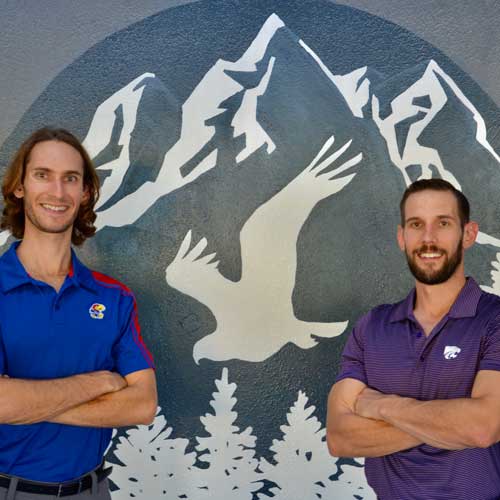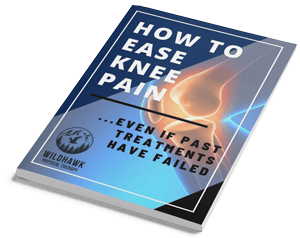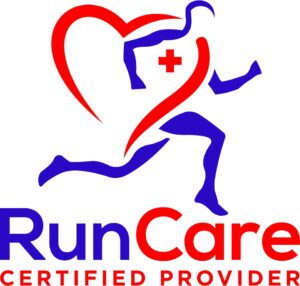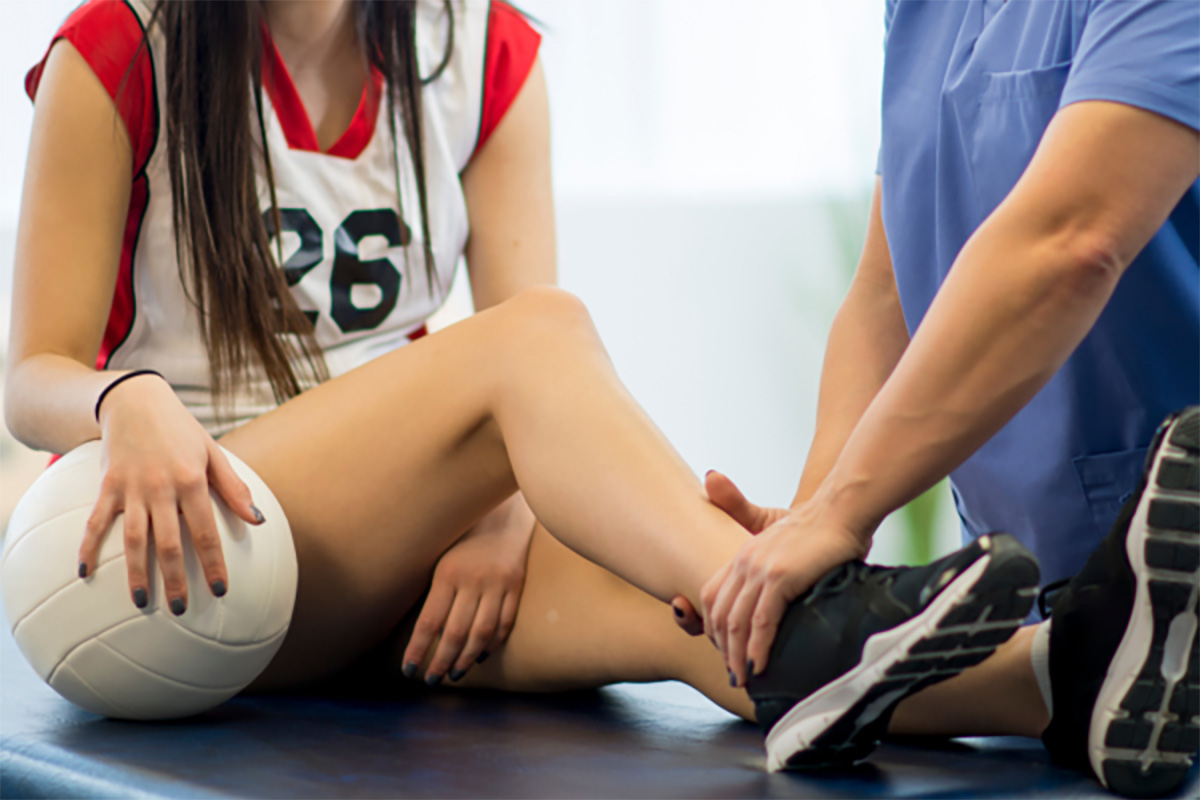
Athletes and fitness enthusiasts often face challenges like injuries, limited movement, or hitting a performance plateau. These problems can disrupt training, make it hard to enjoy your favorite sport, or even lead to long-term pain. Sports rehab physical therapy is designed to help athletes recover from injuries, move better, and perform at their best. It’s tailored to meet active individuals’ specific needs, focusing on healing and improving strength and flexibility.
In this guide, we’ll explore sports rehab physical therapy, who it’s for, and how it helps prevent injuries while improving performance. Sports rehab is an excellent option whether you’re dealing with an injury, want to perform better, or are trying to avoid future problems. The right plan can help you stay active, recover faster, and reach your fitness or athletic goals.
What is Sports Rehab Physical Therapy?
Sports rehab physical therapy is a specialized field dedicated to meeting the unique demands of athletes and active individuals. Unlike general physical therapy, which primarily aims to restore basic function after injuries or surgeries, sports rehab takes a more advanced approach. It focuses on facilitating recovery, preventing future injuries, and enhancing athletic performance. Each plan is customized to align with the individual’s specific needs and goals, ensuring the best possible outcomes for their sport or activity.
The benefits of sports rehab extend beyond essential healing. It accelerates recovery from common injuries like ACL tears, sprains, and rotator cuff issues. Identifying and correcting biomechanical imbalances helps prevent recurring injuries that can hinder long-term performance. Sports rehab programs are also designed to build strength, improve endurance, and develop sport-specific skills, enabling athletes to return to their activities stronger, faster, and more resilient.
Who Needs Sports Rehab Physical Therapy?
Sports rehab physical therapy is essential for anyone looking to recover from injuries, prevent future ones, or enhance their athletic performance. Whether you’re an athlete striving for peak condition or someone dealing with recurring physical challenges, this specialized therapy can provide targeted solutions tailored to your needs.
Athletes Recovering from Injuries
Injuries are an inevitable part of an active lifestyle, whether you’re a weekend warrior or a professional athlete. In 2023, 3.7 million people were treated in emergency departments for sports and recreational equipment injuries. The activities most frequently associated with injuries are exercise, cycling, and basketball. Common injuries treated in sports rehab include:
- ACL tears: These injuries are common in sports like soccer or basketball, where quick changes in direction or sudden stops are frequent. They can lead to significant instability in the knee and require focused rehabilitation for a full recovery.
- Rotator cuff injuries: Overhead sports such as tennis, baseball, or swimming often strain the shoulder’s rotator cuff muscles. These injuries can cause pain, weakness, and limited range of motion, impacting athletic performance.
- Sprains and strains: These injuries frequently result from overuse, improper form, or accidental missteps during activities. They can affect muscles or ligaments, leading to pain and reduced mobility if not treated promptly.
Individuals Seeking Peak Physical Performance
Sports rehab physical therapy isn’t just about recovery—it’s also a powerful tool for those striving to achieve peak physical performance. Optimizing strength, endurance, and mobility helps athletes push their limits and reach new performance milestones. Additionally, it enhances coordination and reaction times, crucial for excelling in competitive sports. Beyond performance, sports rehab builds resilience, preparing the body to withstand the physical demands and stresses of intense training or competition, ultimately reducing the risk of injuries.
Those Preventing Recurring Injuries
For athletes and active individuals, preventing recurring injuries is as important as recovering from them. All types of sports have a potential for injury, whether from the trauma of contact with other players or from overuse or misuse of a body part. Every sport carries inherent risks, whether from high-impact contact or repetitive overuse of particular body parts. Sports rehab physical therapy takes a proactive approach by identifying biomechanical imbalances that can predispose an athlete to injury. It works to correct improper movement patterns and strengthen vulnerable areas, ensuring the body is better equipped to handle the physical demands of sports and reducing the likelihood of re-injury. This preventive focus helps athletes stay active and perform at their best without interruptions.
The Process of Sports Rehab Physical Therapy
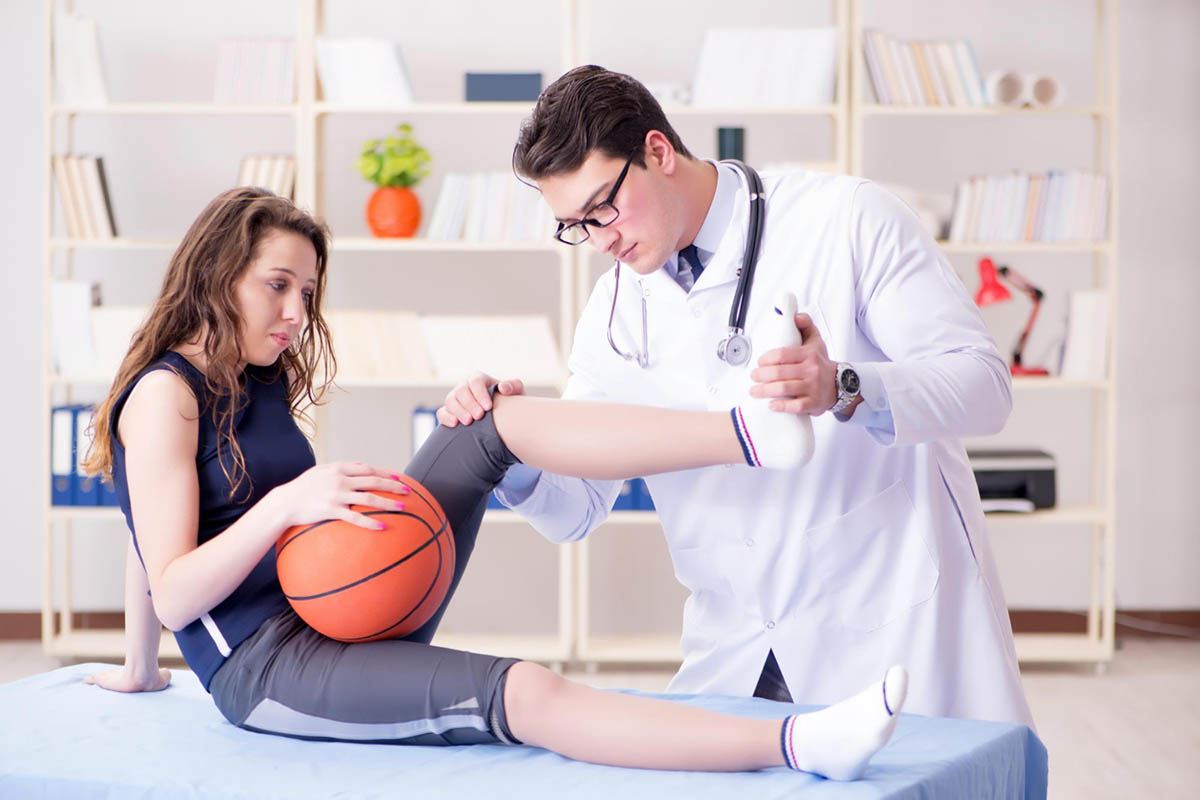
Sports rehab physical therapy is a comprehensive journey tailored to each athlete’s specific needs and goals. From initial assessments to advanced sport-specific training, this approach ensures a safe and effective path to recovery, injury prevention, and enhanced performance.
Initial Assessment and Diagnosis
The first step in sports rehab physical therapy is a thorough initial assessment and diagnosis designed to understand your condition and goals clearly. This begins with a detailed physical examination to evaluate your strength, mobility, and any areas of pain or limitation. Your therapist will also review your injury history and consider the specific demands of your sport or activity to identify potential contributing factors. Using this information, a personalized treatment plan is crafted and tailored to address your unique needs and guide you toward recovery, injury prevention, and optimal performance.
Treatment Techniques in Sports Rehab
Treatment techniques in sports rehab are designed to address specific needs, promote recovery, and enhance performance. By utilizing innovative and proven methods, therapists ensure a well-rounded approach to healing and athletic improvement.
- Manual Therapy: This hands-on approach involves joint mobilization and soft tissue manipulation to improve mobility, reduce pain, and enhance overall function. It is especially effective for addressing stiffness or muscle tightness caused by injuries.
- Therapeutic Exercises: These are carefully designed movements to rebuild strength, flexibility, and endurance. They target areas affected by injury, helping restore proper function and prevent future issues.
- Dry Needling: This technique uses thin needles to release muscle tension, reduce pain, and promote natural healing. It is particularly effective for treating trigger points and chronic muscle tightness.
- Modalities: Advanced tools like ultrasound and electrical stimulation are used to reduce inflammation, alleviate pain, and accelerate the recovery process. These techniques complement other therapies to enhance overall rehabilitation outcomes.
Strength and Conditioning
Strength and conditioning are vital in sports rehab, focusing on building functional strength that supports an athlete’s specific needs. Exercises are carefully tailored to mimic their sport’s movements and physical demands, ensuring better performance and reduced injury risk. For instance, basketball players may incorporate plyometric exercises to enhance explosive power and agility, while runners recovering from running injuries might focus on resistance training to strengthen their legs and improve endurance. This targeted approach not only aids recovery but also prepares athletes to return to their sport stronger and more resilient.
Functional and Sport-Specific Training
Functional and sport-specific training is a cornerstone of physical and sports therapy, bridging the gap between recovery and peak performance. Therapists design exercises replicating real game scenarios, such as tailoring routines for athletes recovering from a CrossFit injury, helping them adapt and perform better in their chosen sport. For example, soccer players recovering from injuries may practice lateral movements to mimic quick changes in direction on the field. Similarly, CrossFit enthusiasts overcoming a CrossFit injury might focus on perfecting their form during complex lifts to reduce strain and enhance efficiency. This tailored approach ensures athletes can return to their activities with improved skills and confidence.
Key Differences Between Sports Rehab and General Physical Therapy
While sports rehab and general physical therapy aim to promote recovery and wellness, sports rehab takes a more dynamic and specialized approach. It is highly goal-oriented, focusing on helping athletes return to pre-injury performance levels or even surpass them. The exercises are sport-specific, designed to mimic the physical demands of the athlete’s activity, ensuring readiness for real-world scenarios. Additionally, sports rehab is proactive, emphasizing injury prevention and performance optimization to sustain long-term athletic success. In contrast, general physical therapy typically addresses essential functional restoration and pain management, focusing more on daily activities than athletic performance.
Benefits of Combining Sports Rehab and Physical Therapy
Combining sports rehab and physical therapy provides a well-rounded and practical approach to recovery and performance enhancement. The primary aim is to return to sports at a pre-injury physical and emotional level and to prevent re-injury. This integration allows athletes to return to their sport more quickly, confidently achieving a pre-injury physical and emotional state. Addressing specific weaknesses and improving strength and conditioning also significantly reduces re-injury risk. Beyond sports, the benefits extend to overall health and function, enhancing both athletic performance and everyday activities, ensuring long-term wellness and resilience.
When to Start Sports Rehab Physical Therapy?
Knowing when to start sports rehab physical therapy is crucial for maximizing recovery and preventing future setbacks. Whether dealing with an injury, preparing for a new sports season, or maintaining conditioning during a break, timely intervention through physical therapy and sports rehab can make all the difference in achieving your goals.
Post-Injury or Surgery
Early intervention after an injury or surgery is crucial for optimal recovery. For example, an ACL tear rehabilitation plan might begin with gentle range-of-motion exercises and progress to strength training.
Pre-Season Conditioning

Pre-season conditioning through sports rehab is an excellent way for athletes to prepare for the demands of an upcoming season. This proactive approach builds endurance and flexibility, ensuring the body is ready to handle the physical challenges ahead. It also addresses pre-existing weaknesses or imbalances that could lead to injury if left uncorrected. By enhancing overall strength and resilience, pre-season therapy helps athletes enter their season feeling confident, strong, and fully prepared for peak performance.
During Recovery Breaks
Recovery breaks don’t have to signal a loss of progress; instead, they can be an opportunity to reinforce strength and resilience through sports rehab. During this downtime, therapy focuses on maintaining conditioning, ensuring the athlete’s body stays strong and flexible. It also works to prevent setbacks by addressing any lingering weaknesses or imbalances. Beyond the physical benefits, staying engaged in rehab keeps athletes mentally prepared and motivated, making their eventual return to the sport smoother and more successful.
Take the Next Step in Your Recovery and Performance Journey
At WildHawk Physical Therapy in Asheville, NC, our experienced therapists specialize in helping athletes overcome injuries, prevent future ones, and achieve peak performance. Whether recovering from a CrossFit injury, managing running injuries, or looking to enhance your athletic abilities, we’re here to guide you every step of the way.
Contact us today to schedule a consultation and take the first step toward your recovery and performance goals.
Conclusion
Sports rehab physical therapy bridges the gap between injury recovery and peak athletic performance. It empowers athletes to heal, grow stronger, and confidently return to their sport. WildHawk Physical Therapy helps you stay active, competitive, and injury-free by focusing on personalized care, advanced techniques, and sport-specific training.
FAQs
What is the meaning of physical rehabilitative therapy?
Physical rehabilitative therapy focuses on restoring strength, mobility, and function following an injury, surgery, or chronic condition. It uses targeted exercises and treatments to help individuals regain their physical capabilities.
What is the role of physical therapy in rehabilitation?
Physical therapy is crucial in reducing pain, improving mobility, and preventing further injury. It provides a structured approach to recovery and helps patients achieve long-term wellness.
What is the purpose of rehabilitation and recovery?
Rehabilitation aims to restore physical and emotional well-being after an injury or surgery. Recovery focuses on regaining strength, mobility, and confidence to return to everyday activities or sports.


